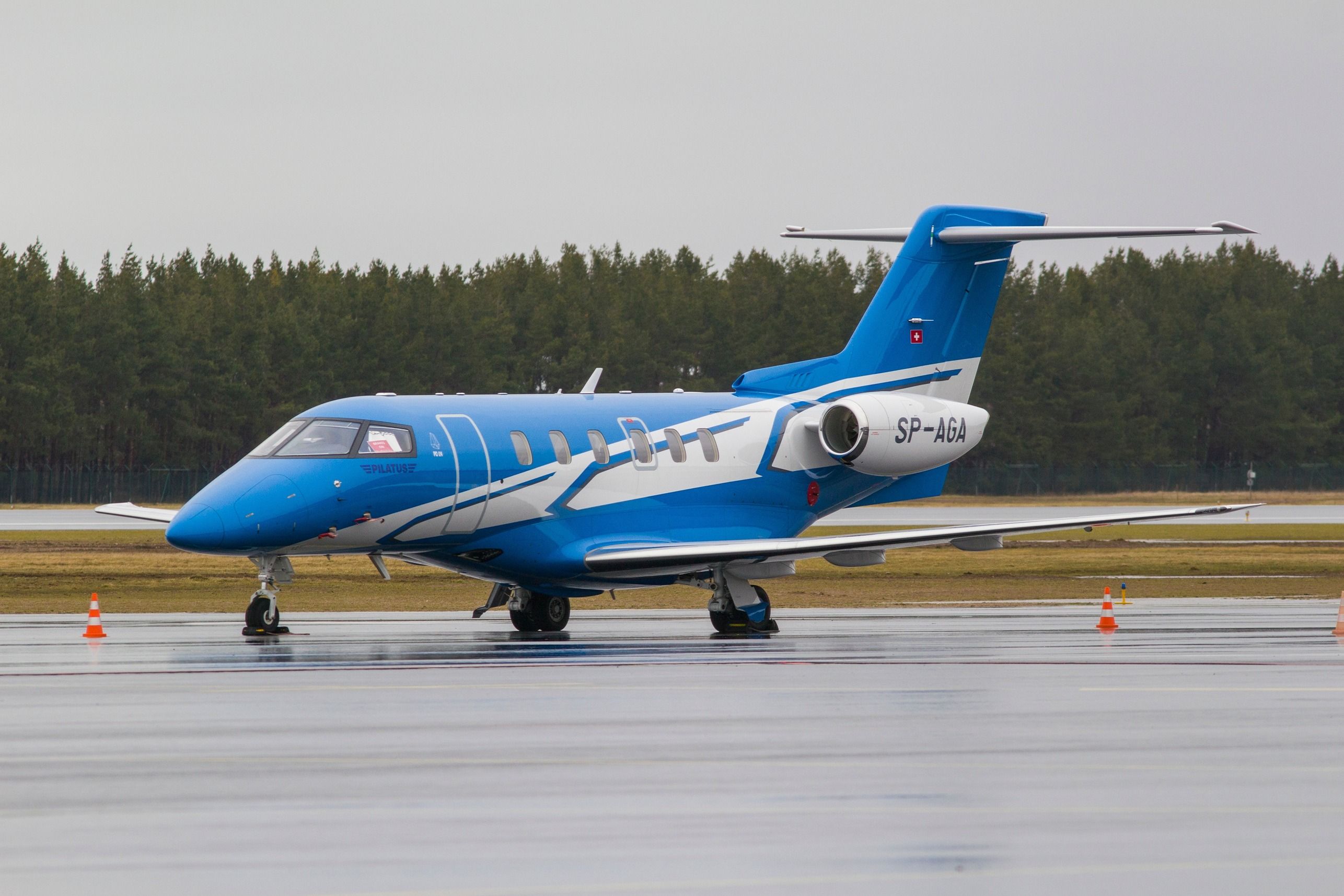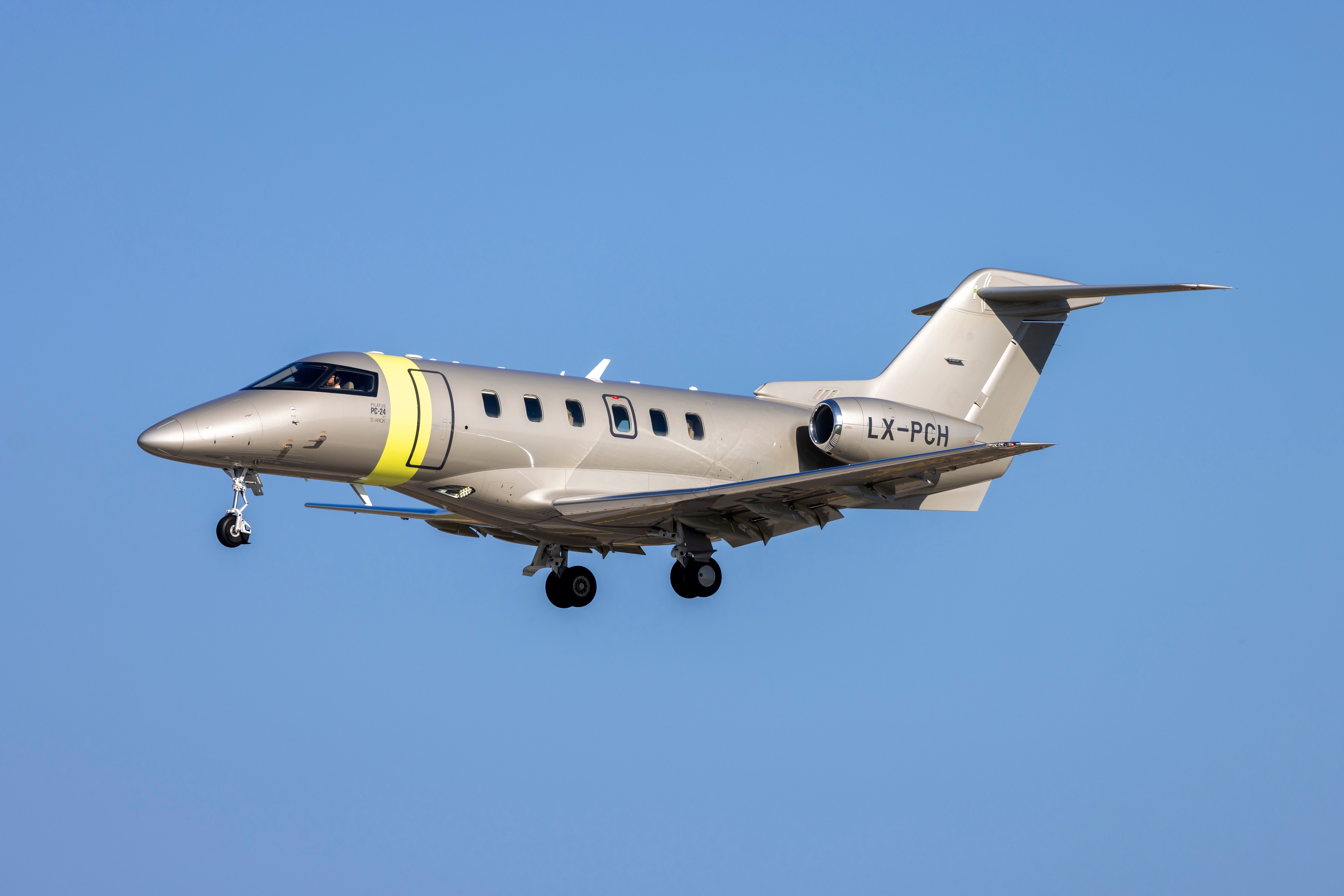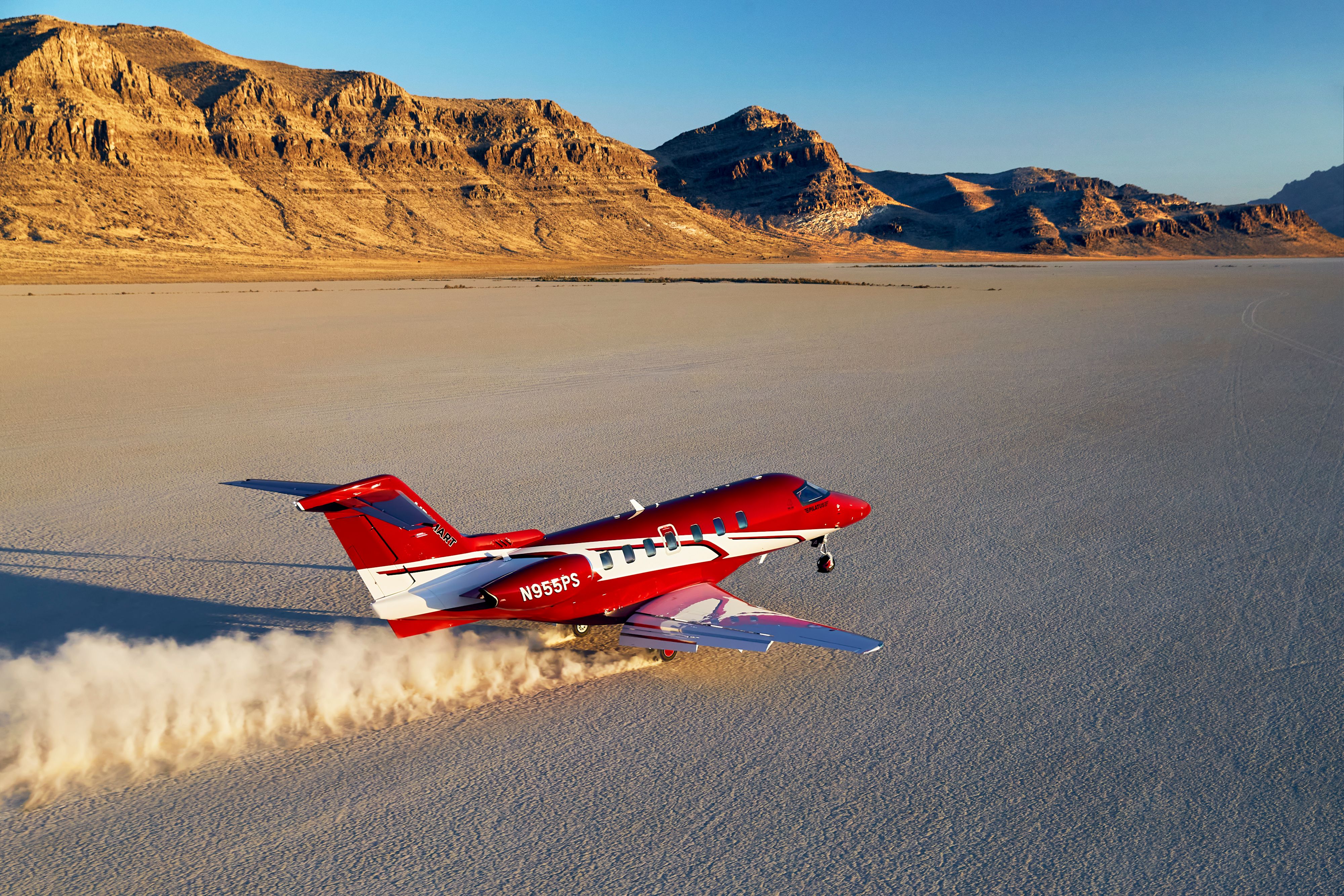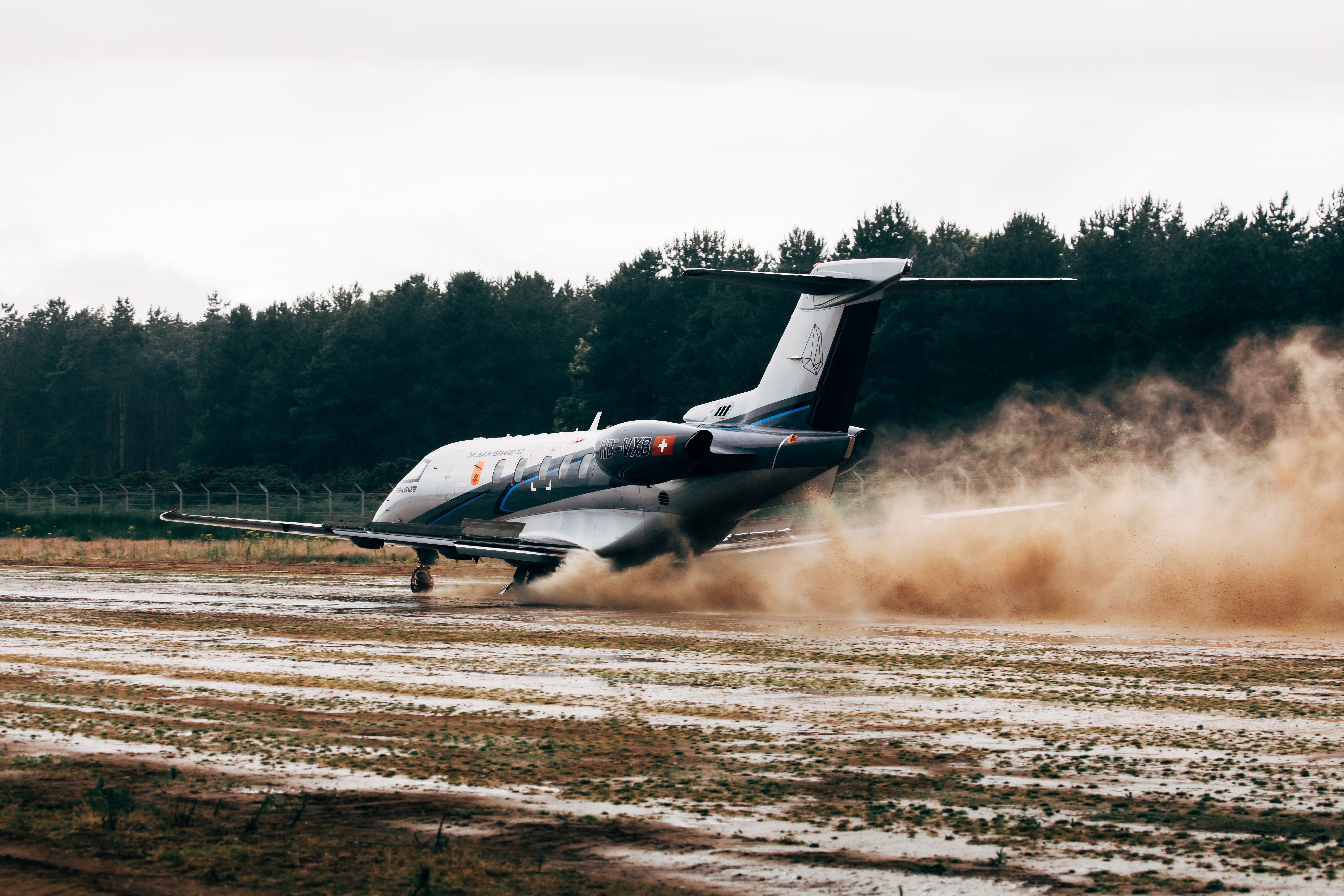Summary
- Pilatus introduced the popular PC-12 in 1994 that featured a powerful turboprop engine.
- The success of the PC-12 led to the development of the PC-24, a light business jet introduced in 2018.
- The PC-24 boasts impressive performance specs, like a cruise speed of 440 knots and a range of 2,040 nautical miles.
Pilatus is a global aircraft manufacturer based in Stans, Switzerland. The aircraft manufacturer has risen to fame over the years due to its increasingly popular line of aircraft. First founded in 1939, Pilatus formed as a company by offering to make Spitfire aircraft for the Swiss military. The company also began offering general maintenance and repairs for planes owned by the air force.
However, in the early 1940s, Pilatus transitioned into new concept design and development. It began producing several different planes, mostly trainers, including the P-2 and the P-3, both of which were purchased by the Swiss Air Force. The company made another large jump when it began developing aircraft powered by turboprop engines in the early 1960s. This includes the PC-7 and the PC-9, each of which are trainer aircraft.
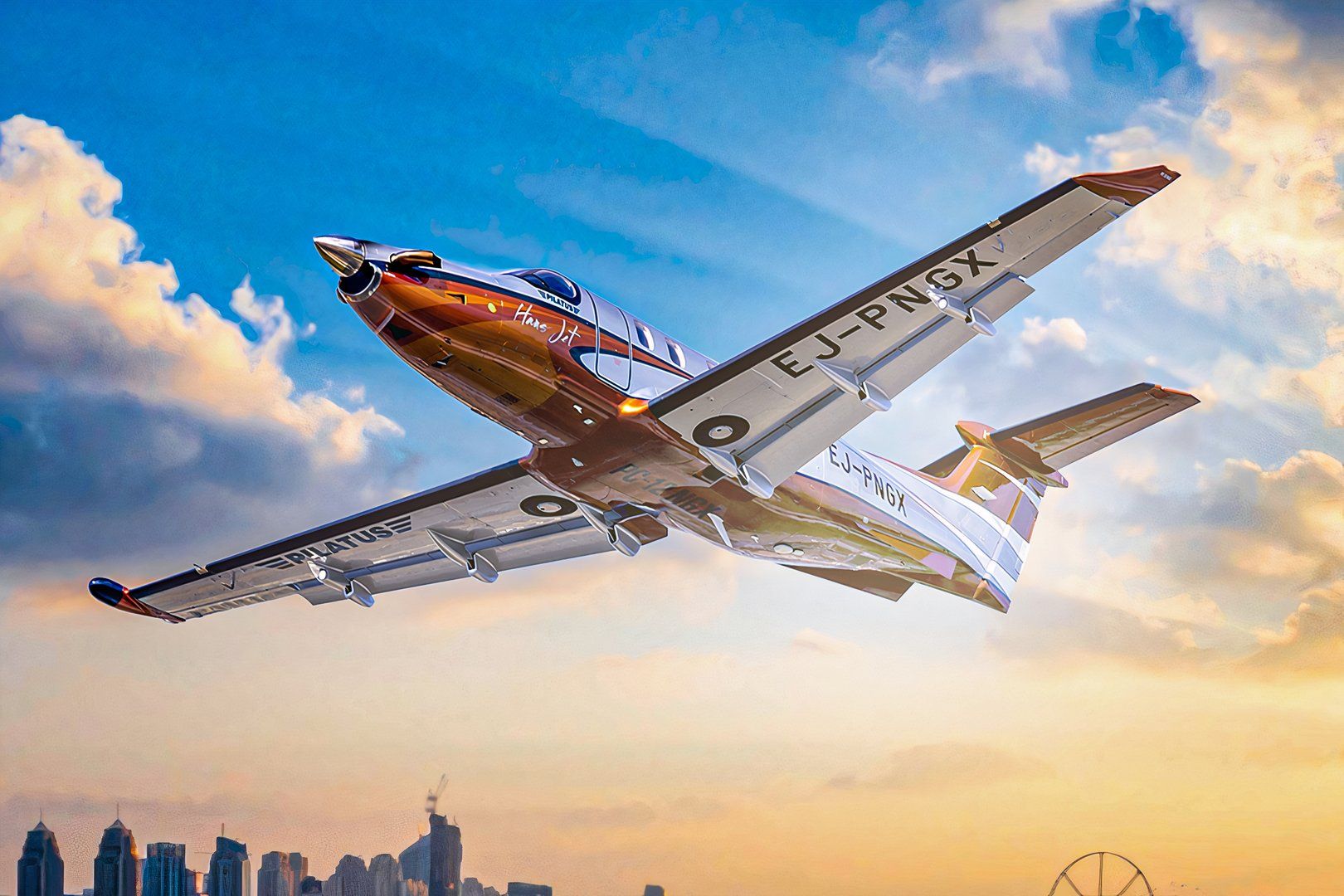
Related
Impressive Turboprop: A Guide To The Pilatus PC-12
Pilatus first introduced the aircraft in 1991.
The most popular aircraft that Pilatus produces is the PC-12. This aircraft was announced in the late 1980s, and it is considered a high-performance utility aircraft. This aircraft was launched in 1994 and featured a powerful turboprop engine.
This allows the aircraft to have impressive takeoff and landing requirements, and is used for corporate transportation and is used by regional airlines, air ambulance operators, or government agencies. This aircraft was a great success and is used across the world.
However, nearly 20 years after the PC-12 was announced, Pilatus customers began requesting an upgraded model that could fly further and faster, yet still retain its short-field performance. This led to Pilatus developing the PC-24.
This light business jet was eventually introduced in 2018, and it saw similar success to the PC-12. Let’s take a closer look at how the PC-24 came to be, as well as some of the notable design features that make this private jet so special.
Brief history of the aircraft
As previously mentioned, the PC-24 was developed after Pilatus saw the great success of the PC-12 turboprop aircraft. The PC-12 was considered a utility aircraft, but still maintained a relatively high speed and a distant range for a turboprop aircraft. However, customers indicated that they wanted a faster aircraft.
To overcome this, Pilatus decided to create a jet-powered aircraft. However, the difficult engineering aspect of this aircraft was to still maintain the new aircraft’s short-field performance and ability to land on runways around the world.
Photo: Renatas Repcinskas | Shutterstock
Pilatus began developing this aircraft, which would later be designated as the PC-24, in as early as 2007. However, as the design process was fairly lengthy, the aircraft was not officially announced until May 2013, at the European Business Aviation Convention & Exhibition (EBACE) in Geneva, Switzerland. The aircraft immediately saw positive feedback from the industry.
The first PC-24 prototype conducted its maiden flight in May 2015. Overall, three different prototype aircraft conducted over 2,200 hours of flight tests. The aircraft received its type certification from both the European Aviation Safety Agency (EASA) and the Federal Aviation Administration (FAA) in December 2017.
The following year, the aircraft was granted the ability to land on sand and gravel, meaning that the PC-24 kept many of the rugged features of the utility-focused PC-12.
Photo: InsectWorld | Shutterstock
Notable design features
Overall, the PC-24 is considered to be a light business jet. It has the ability to hold up to ten passengers in its cabin, which has the following specifications:
- Cabin length: 23 feet
- Cabin width: Five feet seven inches
- Cabin height: Five feet one inch
This cabin size is slightly bigger than several other business jets in the light business jet market, including the Cessna Citation CJ4 and the Embraer Phenom 300.
Photo: Pilatus Aircraft
Inside the cockpit, the Pilatus PC-24 is authorized for single-pilot flight, although it is typically flown with two crew members. Pilots operating the PC-24 use an avionics system that is called the Advanced Cockpit Environment. This avionics suite was based on the Honeywell Primus EPIC 2, and it was designed by both Honeywell and PIlatus. To help manage pilot workload, this system includes:
- Four 12-inch displays
- Inertial reference sytem (IRS)
- Synthetic vision system
- Autothrottle
- Graphical flight planning
- Traffic Collision Avoidance System (TCAS II)
The aircraft is powered by two Williams FJ44-4A turbofan engines that are mounted on the rear fuselage. These each provide the PC-24 with nearly 3,500 pounds of takeoff thrust. To achieve some of the aircraft’s impressive short-field performance, Pilatus designed a new wing that includes a double-slotted flap system.
Photo: Pilatus Aircraft
High-performance specifications
The PC-24 is able to achieve many impressive performance measures due to its unique design features. It has the following performance specifications:
|
Length |
55 feet two inches |
|---|---|
|
Height |
17 feet four inches |
|
Wingspan |
55 feet nine inches |
|
Maximum takeoff weight (MTOW) |
18,700 pounds |
|
Cruise speed |
440 knots (506 miles per hour) |
|
Range |
2,040 nautical miles (2,348 miles) |
|
Flight ceiling |
45,000 feet |
The aircraft is able to maintain impressive short-field performance and is able to operate on runways that are not paved, mostly due to its unique double-slotted flap system on its wing. This helps the PC-24 require a takeoff distance of just over 3,000 feet and a landing distance of just over 2,400 feet. The unique wing design also helps the aircraft operate at slow speeds, as its stall speed is just 83 knots (96 miles per hour).

Related
Jeff Bezos’ Newest Private Jet: The Pilatus PC-24
This light business jet is operated in addition to his other Gulfstream G650ERs.


